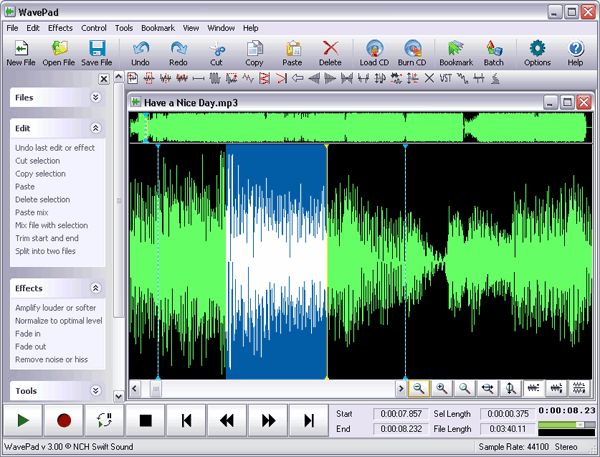- Update Multiple Columns Proc Sql Countertops
- Sql Update Multiple Set
- How To Update Multiple Columns In Sql
How do I update different columns and rows across a table? I want to do something similiar to replace a string in SQL server
Return number of rows affected by UPDATE statements. By an UPDATE query in a Stored Procedure (SQL Server 2005), as a resultset. UPDATE Table1 Set Column. I would like to update multiple columns in a table based on values from a second table using a Select statement to obtain the values like this: UPDATE tbl1 SET (col1, col2, col3) = (SELECT colA. Using CASE to UPDATE multiple Columns in a Stored Proc. SQL Server > Transact-SQL. Transact-SQL https. Can someone help me through this, I got 5 columns on one table (table: gl_acct_no), using Stored procedure on SQL i want to use loop to make my code shorter, this is my code: CREATE PROCE.
How to update Multiple Columns in Oracle Posted By: TJ Abrahamsen on: April 17, 2015 In: SQL, Tutorials 2 Comments By using the Oracle UPDATE statement, you can update one or multiple rows in a table. HI All, How can I get the numbers of records affected in the Merge statement, INSERT,UPDATE,DELETE separately and store it in a variable so I can get it in the application side? Khrizz tell You need an OUTPUT clause, try this: DECLARE @SummaryOfChanges TABLE(Change VARCHAR(20)); MERGE tblTarget AS Target USING (SELECT Col1,Col2. The SQL SELECT DISTINCT syntax The general syntax is: SELECT DISTINCT column-name FROM table-name Can be used with COUNT and other aggregates.
I want to do this but the value exists in multiple columns of the same type. The values are foreign keys varchars to an employee table. Each column represents a task, so the same employee may be assigned to several tasks in a record and those tasks will vary between records. How can I do this effectively? Basically something of a replace all accross varying columns throughout a table.

Thanks for any help or advice.
Cheers,~ck in San Diego

4 Answers
Lance RobertsLance RobertsFor SQL Server 2005 this should do the trick:
Allows searching and replacing across all columns across all tables. Make sure you read the article though.
RayRayThe main idea is to create a SQL Update sentence, no matter how many fields has the table. It was created on SQL Server 2012, however I think it works on 2008 too.
Sample table:
Get only varchar and nvarchar fields. Change OLD_TEXT and NEW_TEXT accord to your requirement. Change system_type_id values if you need match not only varchar and nvarchar fields.
The result of the last query is:
This computer software is free inside a market WavePad additionally decreases the sound out of each and every noise and supports the vast majority of probably the most audio that is popular – MP3, FLAC, OGG, WMA or WAV. We will additionally get in it a range analyzer (FFT), a message synthesizer (text-to-speech) and a noise level normalizer. 
just copy the result and execute in SSMS. This snippet saves you a little time when writing the update sentence.
Hope it helps.
Daniel CorzoDaniel CorzoIn answer to the poster's supplementary question about how to normalize this data structure. Here's how you'd do it:
Your current structure, where you have a bunch of Task1, Task2, etc.. columns in the Project table, was clearly not designed by somebody that understands relational databases.
During the process of firing that individual, you might explain that his design violates the First Normal Form, while directing him to the 'Repeating groups across columns' section of that linked article.